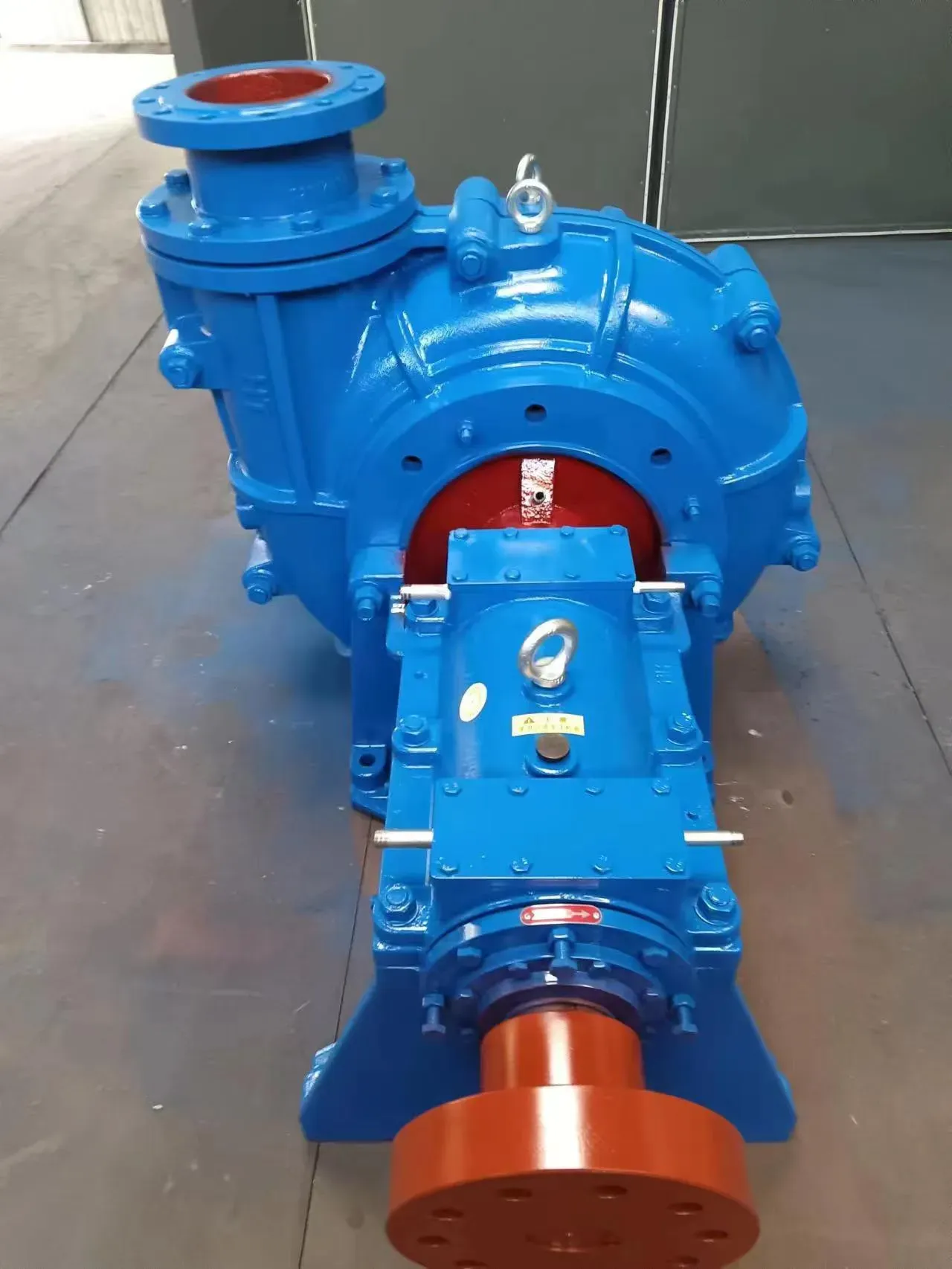English
- Afrikaans
- Albanian
- Amharic
- Arabic
- Armenian
- Azerbaijani
- Basque
- Belarusian
- Bengali
- Bosnian
- Bulgarian
- Catalan
- Cebuano
- Corsican
- Croatian
- Czech
- Danish
- Dutch
- English
- Esperanto
- Estonian
- Finnish
- French
- Frisian
- Galician
- Georgian
- German
- Greek
- Gujarati
- Haitian Creole
- hausa
- hawaiian
- Hebrew
- Hindi
- Miao
- Hungarian
- Icelandic
- igbo
- Indonesian
- irish
- Italian
- Japanese
- Javanese
- Kannada
- kazakh
- Khmer
- Rwandese
- Korean
- Kurdish
- Kyrgyz
- Lao
- Latin
- Latvian
- Lithuanian
- Luxembourgish
- Macedonian
- Malgashi
- Malay
- Malayalam
- Maltese
- Maori
- Marathi
- Mongolian
- Myanmar
- Nepali
- Norwegian
- Norwegian
- Occitan
- Pashto
- Persian
- Polish
- Portuguese
- Punjabi
- Romanian
- Russian
- Samoan
- Scottish Gaelic
- Serbian
- Sesotho
- Shona
- Sindhi
- Sinhala
- Slovak
- Slovenian
- Somali
- Spanish
- Sundanese
- Swahili
- Swedish
- Tagalog
- Tajik
- Tamil
- Tatar
- Telugu
- Thai
- Turkish
- Turkmen
- Ukrainian
- Urdu
- Uighur
- Uzbek
- Vietnamese
- Welsh
- Bantu
- Yiddish
- Yoruba
- Zulu
Telephone: +86 13120555503
Email: frank@cypump.com
Nov . 11, 2024 09:31 Back to list
'submersible sewage pumping system manual operation and ...'
Understanding Submersible Sewage Pumping System A Guide to Manual Operation
Submersible sewage pumping systems are crucial components in modern wastewater management, effectively transferring sewage from lower to higher elevations. While automatic systems have become prevalent, understanding the manual operation of these systems is equally important for maintenance and emergency scenarios. This article provides a comprehensive overview of manual operation and essential considerations for users and technicians.
What is a Submersible Sewage Pumping System?
A submersible sewage pumping system consists of a pump that is submerged in the sewage liquid. This design allows for efficient movement of waste through pipes without the need for additional priming or suction, which is often required in other types of pumps. These systems are commonly used in municipal wastewater treatment plants, industrial facilities, and residential areas where gravity flow is insufficient.
Components and Functionality
The main components of a submersible sewage pumping system include the pump itself, a motor, a float switch for automatic operations, and a discharge pipe. The pump is typically housed in a durable casing to protect it from corrosive sewage and debris. The motor is designed to operate underwater, ensuring that the pump can function without exposing electrical components to moisture.
In manual operation mode, users must monitor and control various parameters to ensure efficient and safe operation. Familiarity with these components and their functions enhances the technician's ability to troubleshoot and perform maintenance effectively.
Manual Operation Procedures
1. Preparation Before operating the system manually, ensure all personal protective equipment (PPE) is worn, including gloves, goggles, and boots. Familiarize yourself with the site layout and emergency shut-off locations.
2. Inspect the System Conduct a visual inspection of the pump and associated components. Look for any signs of wear, damage, or blockages. Check fluid levels and ensure that the float switch operates smoothly.
3. Start-up For manual operation, the pump must be turned on via the control panel. Ensure that all settings are adjusted for the desired flow rate and pressure. Monitor the amperage and voltage readings to ensure optimal motor performance.
'submersible sewage pumping system manual operation and ...'

4. Monitoring During operation, keep an eye out for unusual vibrations, noises, or fluctuations in flow. Regularly check the discharge line for any blockages. If the pump has float switches, be attentive to the switching behavior, as it indicates liquid levels within the basin.
5. Shut Down When operation needs to be halted, follow a systematic shutdown procedure. First, reduce the flow rate to avoid water hammer effects in the discharge line. Once the liquid level decreases, halt the operation via the control panel and secure the system against unauthorized access.
Maintenance Tips
Regular maintenance is essential for the longevity of submersible sewage pumps. Here are some critical maintenance tips
- Routine Inspections Schedule periodic inspections to check for wear and tear on seals, bearings, and impellers. Catching issues early can prevent costly repairs down the line.
- Cleaning Clear any debris that may collect around the pump inlet. Accumulation of solids can lead to clogs and reduce the system’s efficiency.
- Lubrication Ensure that motors and moving parts are adequately lubricated as per the manufacturer's guidelines to prevent friction-related wear.
- Testing Conduct regular tests of the float switches and emergency shut-off mechanisms to confirm they are functioning correctly.
Conclusion
Understanding the manual operation of a submersible sewage pumping system is vital for effective wastewater management. By familiarizing oneself with its components, operational procedures, and maintenance practices, users can ensure optimal performance and longevity of these critical systems. Whether assisting during emergencies or conducting routine check-ups, having this knowledge empowers operators to maintain efficient operation, safeguard water quality, and protect public health.
-
ISG Series Vertical Pipeline Pump - Chi Yuan Pumps Co., LTD.
NewsJul.30,2025
-
ISG Series Vertical Pipeline Pump - Chi Yuan Pumps Co., LTD.|energy-efficient fluid handling&industrial durability
NewsJul.30,2025
-
ISG Series Vertical Pipeline Pump - Chi Yuan Pumps | Advanced Engineering&Industrial Efficiency
NewsJul.30,2025
-
ISG Series Pipeline Pump - Chi Yuan Pumps | High Efficiency, Energy Saving
NewsJul.30,2025
-
ISG Series Vertical Pipeline Pump-Chi Yuan Pumps|High Efficiency&Reliable Performance
NewsJul.29,2025
-
ISG Series Vertical Pipeline Pump|High Efficiency&Low Noise
NewsJul.29,2025










